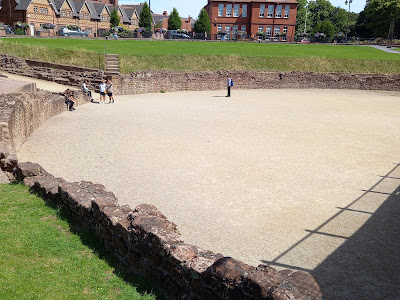Les Misérables is playing in Wellington for a three week run. We’d bought tickets, like, ages ago (i.e. before we left for Europe), so off we went. It’s the first production in the newly-strengthened St James Theatre, which has been closed for the last three years after being assessed for earthquake strengthiness, and falling short of the required standard.
We decided to go for cocktails first at CGR Merchant, one of Wellington’s premiere cocktail lounges on Courtenay Place. I had a gin infused with carrot cake concoction, and Nicola had a floral fizz of some kind. If they published their menu online I could tell you what they were. Our plan was then to trot around the corner to Mr. Go’s, our Go-to (see what I did there?) Asian food place. Unfortunately, it seems everyone else had had the same idea, and the place was packed. The maître d' found us some space at the bar, and we ordered dumplings, Korean chicken wings, and bok choi. Despite the busy-ness, the food was delivered in short order and we had plenty of time to consume it.
St James looks much the same as it did before, or at least as I remember it. Maybe there’s a few more columns in the foyer? We were in the stalls and had a good view of what was going on.
The production is a bit of a marathon. If you know the story, and the film, you’ll know that they do go on a bit…this one was over three hours including interval, so it was a bit wearing on the buttocks. The seats in St James haven’t been modernised, but they’re a bit better than the Opera House, at any rate. The interval didn’t come until we’d got through two hours of musicalizing. It was all done to a high standard with a revolving stage to assist with the scene changes, and a big barricade for the second half, and a cast of thousands…OK, maybe around thirty. We finished up at around quarter to eleven, and poured ourselves out into the darkness of Courtenay Place.
























































